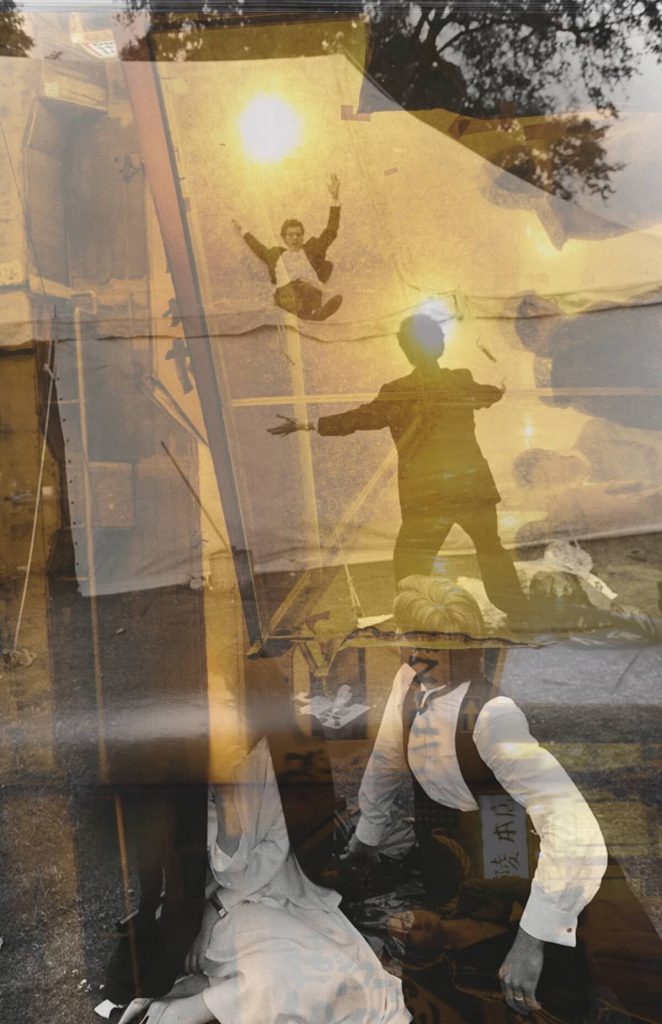I remember Budapest from the early 1990s. The otherwise beautiful city was clad in gray filth. Dirty concrete and unimaginative buildings cast their shadows over boxy smog-spitting cars. This is how I remember it from my early childhood, when my family visited the Hungarian capital from our home in another town.
Download full article:
MATE HAJBA ORBANIZATION OF THE MAGYAR STATE HUNGARY IN THE PAST 30 YEARS
Yet, a lot has changed since. I moved to Budapest twelve years ago, and modern glass buildings have sprung up in front of my very eyes, directing sunlight onto the city streets. Not without reason is it a popular tourist destination.
Ruin bars, en vogue coffee shops, rooftop restaurants, luxury fashion designers, opulent hotels, and booming businesses attract visitors – rich and poor, from far and near, for work or leisure.
The ostentatious vibe of the city is now worthy of its beauties; it masks, however, the underlying grayness still lurking within. Scratching the fashionable surface as this article intends to do, the rotting failures of the past thirty years become apparent.
The gung-ho attitude at the early 1990’s in Hungary has gradually turned into resignation and fatigue over time as a result of the inertia entrenched by the political elites, as well as society’s lack of willingness to take action. Communism instilled the by-stander effect by developing a dependency upon the state. The stultifying policies of the past three decades have further exacerbated the social ennui, granting the governing parties much leeway to legislate without considerable civic oversight.
It would, certainly, be an unjust oversimplification to dismiss the efforts of the democratic transition in the country as a complete and abject failure. The period of the past thirty years is much more nuanced.
In order to understand it, let us take a tour through time and space, to examine the key aspects of this part of the Hungarian history – including foreign policy, democratic institutions, education, business, economy, freedom of the press, religion, and tolerance.
To delve below the fashionable surface and understand the real Hungary, let us take a short tour of the capital, Budapest.
All Aboard!
We begin our journey at Heroes Square, a popular haunt of tourists, framed by stately museum buildings. There, on June 16, 1989, dwarfed by the towering central column and the vastly outstretched crowd, stood a young man. Eloquently, he spoke up against the communist regime, and called on the Soviet troops then stationed in Hungary to go back home.
At the time, such an open opposition broke to surface the animosity of the public towards the communist governments, a strongly nurtured sentiment which Hungarians were forced to harbor within themselves secretly, lest the state apparatus took its vengeance.
On that summer day, the seal was broken. The man, standing there with youthful energy, represented the beginning of something new. He was a beacon of hope. His dream of democratizing Hungary, when he was speaking from among the statues of historic Hungarian leaders, was realized soon thereafter.
Surprisingly, the name of the man was Viktor Orbán – an infamous politician now serving his 4th term as the prime minister of Hungary. A leader in his own right who for the past years has been building a new regime, which – armed with the technological advances of the past thirty years and the tricks known from the handbooks of darker times – is aspiring to entrench his power in the country for the foreseeable future.
The media is awash with articles on how Mr. Orbán departed from his democratic ways to lead his country towards an illiberal authoritarian regime. The truth is, he could not have done it had the Hungarian society not been receptive of the nostalgic ways of more state control, and of a tough leader at the helm.
Simply put, Viktor Orbán, a defining figure of the past thirty years, is a populist. His swaying political directions change with the zeitgeist, reflect the general mood of the population, occasionally nudging it a bit to bring to surface issues that would have otherwise laid dormant.
As we start walking away from Heroes Square down the quaint Andrássy Avenue, let me set the scene again. The date is 1991, the Hungarian zeal for democracy, for a Western system, is at its zenith. It is one year after the first free plural elections, and the country is a budding democracy. People are over-saturated with a dream of prospects and prosperity.



